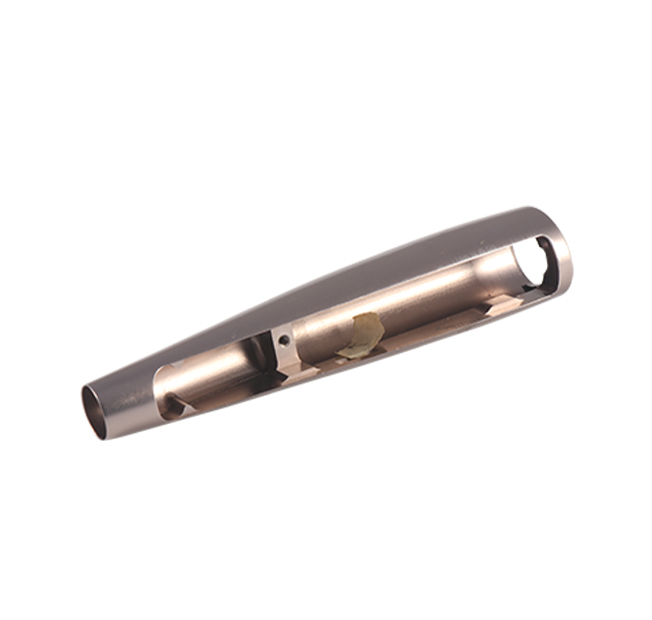Time:2025-06-23 Views:0 source:CNC Machining customization source:CNC Machining news

Die casting and injection molding are two distinct manufacturing processes with unique characteristics, applications, and material requirements.
Die Casting
Die casting involves forcing molten metal under high pressure into a reusable mold, known as a die. This process is typically used for non-ferrous metals like aluminum, zinc, and copper alloys. The dies are usually made of hardened steel to withstand high temperatures and pressures, often ranging from 1,000 to 15,000 PSI. Die casting produces parts with high dimensional accuracy, smooth surfaces, and complex geometries, making it ideal for automotive components (e.g., engine blocks), electronics housings, and industrial parts. However, the initial die cost is extremely high, requiring significant investment. Additionally, the process is limited to metals and high-melting-point alloys, and it may produce porosity in parts due to rapid solidification, which can affect heat treatment or welding capabilities.
Injection Molding
Injection molding is a versatile process for manufacturing plastic parts by injecting molten plastic into a mold cavity. It uses thermoplastic or thermosetting polymers, with materials like ABS, PVC, and nylon being common. The process involves lower pressures (typically 1,000 to 30,000 PSI) compared to some die casting applications but relies on precise temperature control to ensure proper melting and cooling. Injection molding is widely used in producing consumer products (e.g., bottles, toys), medical devices, and automotive interiors. Molds can be made from steel or aluminum, with steel molds offering longer lifespan for high-volume production. While mold costs are significant, they are generally lower than die casting dies for similar complexity. Injection molding allows for intricate details, multi-color parts, and inserts, but it may require secondary operations like trimming or finishing to remove excess material.
Key Differences
Materials: Die casting uses metals; injection molding uses plastics.
Mold Construction: Die casting dies are heavier, made of heat-resistant steel; injection molds may use aluminum for lower costs.
Pressure and Temperature: Die casting involves high pressure for metal flow; injection molding requires precise temperature control for plastic melting.
Applications: Die casting suits high-strength, conductive parts; injection molding is ideal for lightweight, customizable plastic components.
Cost: Die casting has higher upfront die costs but lower per-part costs for metal components; injection molding offers more cost flexibility based on material and mold type.
Plastic Mold Machining vs. Mold Manufacturing
Plastic mold machining and mold manufacturing are related but distinct stages in producing injection molds for plastic parts.
Read recommendations:
Sealing ring Precision electronic parts
Housing components for recessed downlights Precision electronic parts
Oval Magnetic Hardware Precision electronic parts
CNC Machining Dimension Accuracy
CNC processing factory - Meeting customers' strict requirements for precision